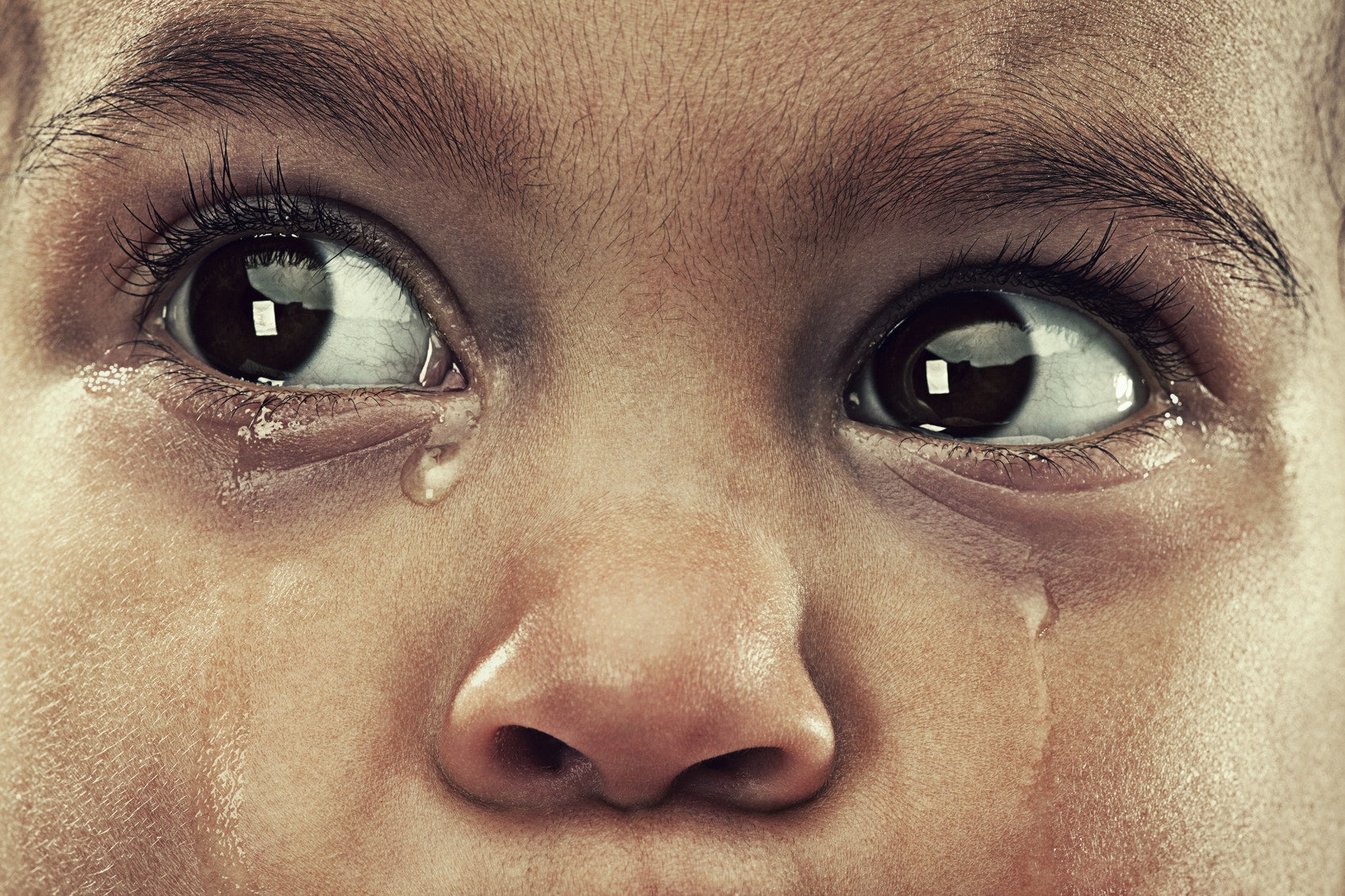My two-year-old son has all of the bumps and bruises typical of an adventurous child, who hasn’t quite figured out how to fly or how to keep his torso from out-running his toes. He always bounces back pretty quickly. We give him a quick snuggle, a soon forgotten reminder that he should slow down or not jump off his toy box, and he’s off and running, scaling the closest climbable object. He reacts this way in part because he’s a pretty laid-back child, but also because of how my husband and I react when he tumbles and hurts himself. We want our children to be safe as they explore, and to feel safe when they do get hurt.
That feeling of safety starts developing long before children learn how to speak. It starts with us and how we react to different situations. Sarah Flynn, a counselor at Synergia Counseling, explains that our non-verbal cues – the way we snuggle our children, the way we look at them, how our facial expressions change depending on what just happened – are important to the parent-infant connection. “It’s the building blocks of developing a relationship between you and your infant.” That relationship will help your child learn to feel safe when they’re around you, and it will help them calm down when things go wrong. One way for you to start building a healthy relationship with your child before she can speak is to wear your children in a sling or carrier and to practice skin-to-skin bonding.
Sarah Causton, a mother of two, frequently wears her children, because she’s noticed how it makes them feel safe and connected. “I find one of the easiest ways of communicating with them, and for them to know they’re safe and they’re connected to us, is to have them be worn,” said Causton. Another way to build up this relationship is to get down to your child’s level when he tries to tell you something if he’s able to talk, or to look him in the eyes when he babbles and coos.
“Children need face-to-face communication. When the baby doesn’t have that, there’s distress and it isn’t an optimum growing environment,” says Dr. Jeanne Segal, author of “Feeling Loved” and co-founder of the website Help Guide. “Especially fathers need to understand how important it is. It isn’t about watching TV together. It’s about eye contact and the tone of their voice.” Knowing that your child feels safe and secure in your presence is reason enough to pay attention to how you respond to them non-verbally. But there are other reasons why it’s important for your child to feel safe. For instance, Segal describes how your child’s body is able to repair itself and grow better when she feels safe. “When the communication communicates safety, then the brain isn’t on guard, and the baby isn’t on guard,” explains Segal. When the baby isn’t constantly alert or wary that something bad will happen, then her “nervous system is calm and relaxed and focused, and the body can sleep and can repair and form in an optimal way.”
Another benefit of communicating a sense of safety to your child is one I noticed with my son. If I remain calm when he falls and hurts himself, he will also remain calm, or at least calm down quickly. This is how our brains work. When frightened, humans either run way from or try to fight off whatever is hurting or threatening to hurt them. This reaction, called flight or fight, is automatic and almost instantaneous. The word almost is key. Dr. Stephen Porges, a professor at the University of Illinois at Chicago found another involuntary reaction that overrides the flight or fight instinct: the social engagement pathway.
Segal explains that parents can use this pathway to help our children stay calm and feel safe by staying calm ourselves. When your child sees you acting calmly in a situation that’s stressing him out, his social engagement pathway will kick in and calm him down because he trusts you. The social engagement pathway helps out with situations like getting hurt, flying, meeting someone new, or going to daycare for the first time. You can also create a sense of safety by letting your child decide when she wants to be kissed and cuddled and when she wants to be left alone. Causton does this with her children. “I think it’s an important way of communicating that ‘I’m here, and I’m willing to snuggle you, willing to cuddle you, and as soon as you want to be done, you are your own person, and you get to make that decision. I’m not just going to hold you on my lap against your will.’”
However, as Segal points out, you don’t always have to be available to snuggle or remain calm when your child gets hurt. You don’t always need to wear your baby or devote all of your attention to your son when he wants to tell you something. The important thing is to try and get it right some of the time. “You don’t have to have perfect communication with the baby,” explains Segal. “If one-third of the time the infant feels a sense of safety, that’s enough.”


